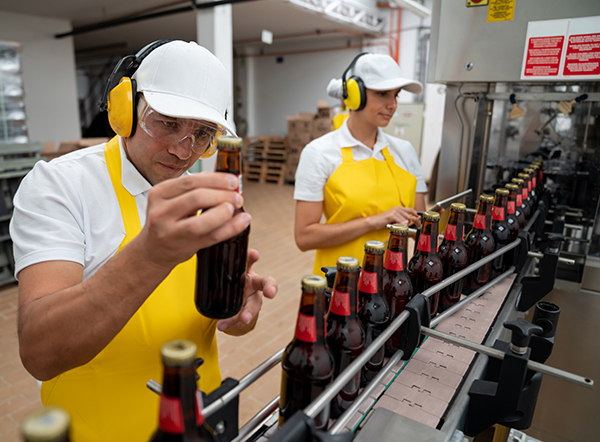The relationship between food maker and the co-manufacturer it selects to create its product can be challenging during the best of times, so it’s no surprise that the unprecedented business environment of the past year has put additional strain on these partnerships. SFA News Daily asked three makers what lessons they’ve learned from working with co-packers.
Panelists:
Lisa Curtis, founder and CEO, Kuli Kuli Inc.

Lin Johnson, founder and CEO, Mimi’s Mountain Mixes

Ann Conlin, chief marketing officer, Jimmy’s Milan Salad Dressing

Q: What was the biggest challenge faced and/or lesson learned while working with a co-packer or co-manufacturer?
Lisa Curtis, founder and CEO, Kuli Kuli Inc.
Given Kuli Kuli's diverse set of superfood products—powders, bars, bark, and shots—we rely heavily on our co-packers to produce the highest quality products while meeting sales deadlines. Though it may sound ironic in the social distance era, Kuli Kuli has found co-packer visits to be key to resolving communication issues. For example, we had one issue with a co-packer where they told us over the phone that production was in progress, when in fact they didn't have us scheduled for production. Two members of Kuli Kuli's operations team flew down to the co-packer that day. They were able to both resolve the communication issue and get our product on the line in time to meet a big sale. There's nothing like in-person communication to quickly get to the root of an issue and strengthen a co-packer relationship.
Lin Johnson, founder and CEO, Mimi’s Mountain Mixes
I should have gone with my gut feeling when I interviewed a particular co-packer. However, I did not. (Lesson learned.) The first order fell out of the semi because it was so poorly wrapped on the pallet. In addition, they didn't bother to check the crush factor on the boxes and stacked them so high that the bottom level was demolished by the time it got to our warehouse.
I finally fired this co-packer after I re-ordered product the first of September so we would be ready for our customers’ holiday orders. Typically, our orders took about four to six weeks from order to delivery. This order took 12 weeks, so my order arrived the first week of December. Then, it had multiple damaged products in it. They decided to clean out their warehouse of all extra ingredients and sent me over 1,000 more of a SKU than I ordered and tried to bill me for it. We are now back to producing our own mixes.
Ann Conlin, chief marketing officer, Jimmy’s Milan Salad Dressing
One unpleasant surprise we had during the pandemic was that my bottler received an unusual amount of orders for large quantities of the sauces they manufacture. Because of that, we could not be put on their schedule in a timely manner and our production was delayed and many stores were left without product. In general, the pandemic led to more people eating at home and required more product in stores and so all the customers of manufacturing plants increased their production threefold. In addition, restaurants losing customers decided to go into production with their restaurant sauces and dressings and condiments to reach customers dining in-home. I took it for granted that our co-packer would be able to turn around product in the same way that they always had.

